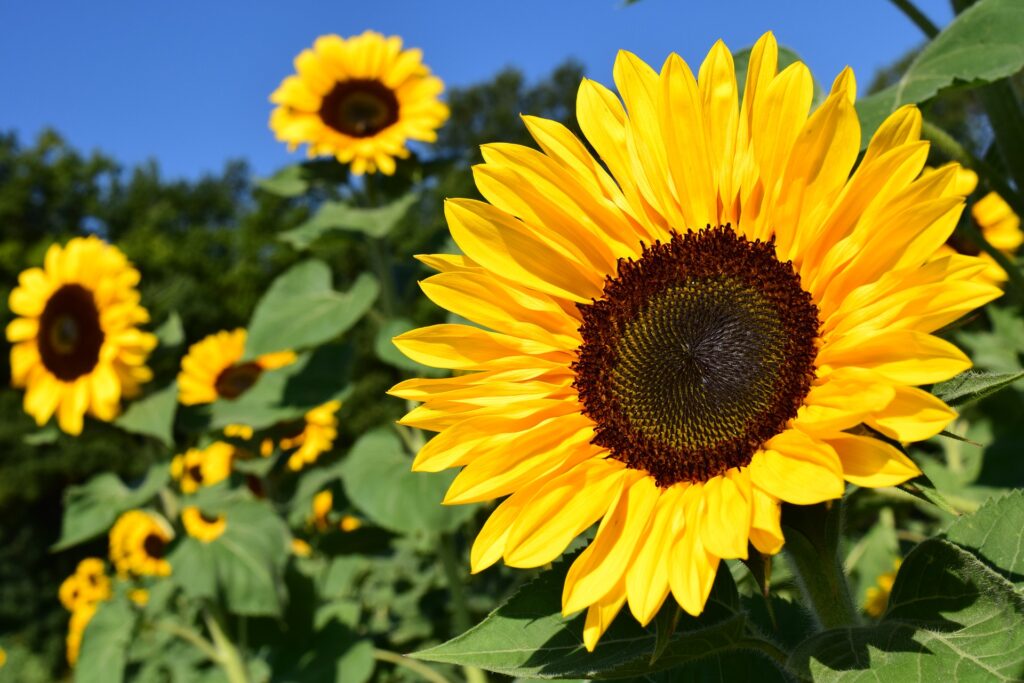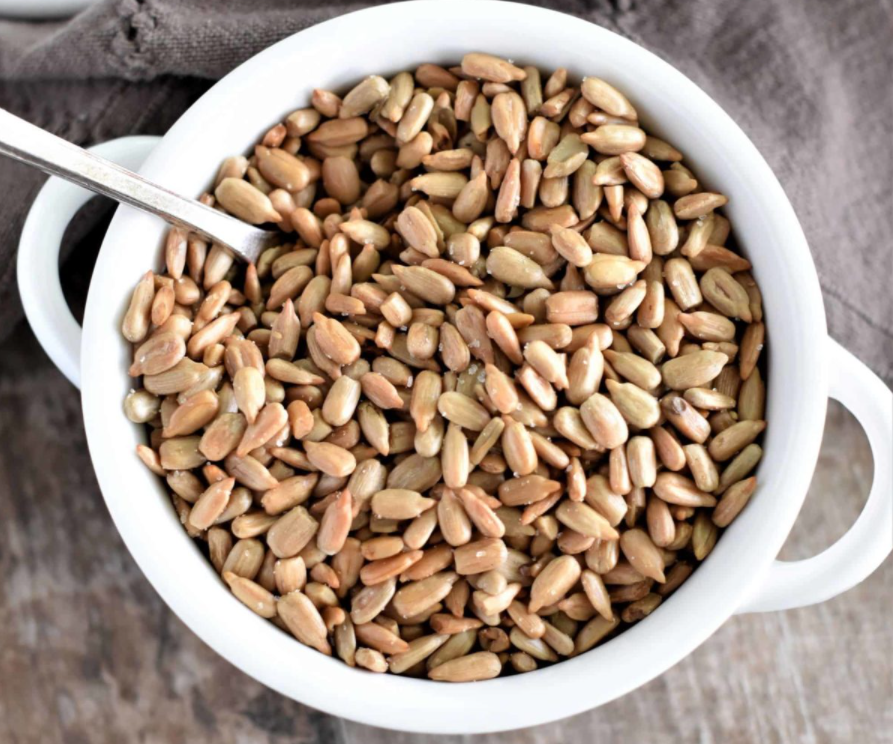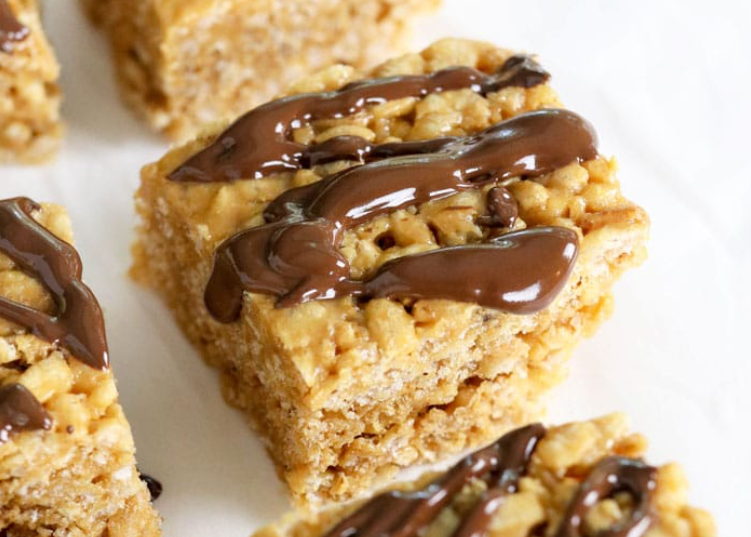- Best Soaker Hose Options Your Yard Truly Needs This Year - January 5, 2024
- Best Tomato Planters You Should Really Consider for Your Garden - December 21, 2023
- Best Home Depot Tomato Cages to Support Your Plants - December 16, 2023
Sunflowers are one of nature’s many ways to bring warmth, wonder, and an enlivening spirit to our world. These flowers blossom big and bold filling their garden space with happiness. If you love sunflowers, you’re going to want to learn all you can about these bright and lovely plants.
And while it’s great to focus on sunflower varieties and how to care for sunflowers, what often gets overlooked are the basics. The basics we are going to learn about today are the sunflower’s seeds. We want to discover how these tiny pieces can be gathered up and used for so many purposes. Let’s get right into it.
Why Harvest Sunflower Seeds?

It’s a simple question and a good one at that. Of course, you’ll have to decide for yourself as to why you want to harvest sunflower seeds. Many gardeners choose to purchase seeds from a gardening supply store to avoid this process, but others, look at this process as a major part of their gardening routine. Here are few reasons why you may want to consider harvesting your own sunflower seeds:
- To know where your seeds have come from, especially if you want to create an organic garden
- To hybridize your own sunflowers
- To create products with the seeds
The Process of Harvesting Seeds
Now that you have considered why you would like to harvest your own sunflower seeds, let’s talk about how this process works. The steps are quite simple and straightforward:
- Choose sunflowers that have blooms turning brown and beginning to die back with seeds that are ripe and loosening from the head
- Use a clean cutting utensil to remove the flower from the stem
- Rub the flower head over a container to remove the seeds (don’t worry if you get petals or leaves mixed in)
- Rinse the seeds
- Separate the seeds from petals and leaves
- Set the seeds on a towel and allow them to dry
- Put the seeds in a labeled container
- Store the container in a place that is cool and dry
There is another method for harvesting seeds that is very similar but has a few distinct steps of its own. The steps for the second method of harvesting sunflower seeds are:
- Choose sunflowers that have only 2/3rds of their seeds in a mature status
- Use a clean cutting utensil to cut off a 3 to 4-inch stem
- Set the head of the sunflower into a paper bag
- Hang the sunflower heads in a warm and ventilated area for a few weeks
- The seeds will dry and fall off into the bag during this period of time
That’s it. Your seeds are now ready to be used in many different projects.
Projects Using Harvested Seeds
After successfully harvesting some sunflower seeds it’s time to get to business working on a few projects with them. Here is a selection of popular projects to do with your harvested sunflower seeds:
Gardening Seeds

Use your harvested seeds to plant a new garden of sunflowers next season. It’s very simple to prepare and store sunflower seeds for future gardening projects. Here’s how:
- Rinse your harvested seeds
- Separate the seeds from other pieces of the flower that may have fallen into your seed pile
- Spread out a newspaper or kitchen towel on a tray or the bottom of a cardboard box
- Lay your seeds on the newspaper or towel so that no seed is touching another seed
- Let the seeds dry in this position overnight
- Put the seeds in an airtight container and store them in a cool and dry place until you are ready to garden with them (most seeds will last a few years when stored in this manner)
Roasted Sunflower Seeds

Sunflower seeds are a calming and satisfying snack that is easy to prepare. Here’s how to make your own roasted sunflower seeds:
- Soak your harvested seeds overnight in a bowl of water that contains a quarter cup of salt (omit the salt if you prefer your seeds without it)
- After they finish soaking, pour the seeds into a colander (do not rinse them)
- Separate the seeds from other pieces of the flower that may have fallen into your seed pile
- Spread out a newspaper or kitchen towel on a tray or the bottom of a cardboard box
- Lay your seeds on the newspaper or towel so that no seed is touching another seed
- Let the seeds dry in this position
- Preheat your oven to 325 degrees Fahrenheit
- Move the seeds to a baking sheet and spread them into a thin layer on it
- Bake the seeds for 25 to 30 minutes, remembering to stir the seeds every few minutes (the seeds should be light brown and have a roasted fragrance when they are done)
- The roasted seeds can be sprinkled with spices, drizzled with olive oil, or eaten as is
Sunflower Seed Butter

This is another tasty way to utilize your newly harvested seeds. All you need to do is roast your sunflower seeds and then use a high-power blender to blend them into creamy butter for spreading on toast, adding to crispy rice snacks, or dipping fruits and vegetables into.
Sunflower Seed Flour
Yes, you can make flour out of these seeds to use in your gluten-free and paleo recipes. Here’s how:
- Grind one cup of seeds in a coffee grinder for 20 to 30 seconds (too much grinding will produce seed butter rather than flour)
- Remove the seeds from the grinder and run them through an open mesh sieve (the flour should fall through the sieve while the remaining seed pieces will remain inside the sieve)
- Repeat the grinding process until all the pieces have been ground into flour
- Store the flour in an airtight container that is kept inside your fridge or freezer
Sunflower Seed Suet Cake
If you love feeding the birds in your yard, you’re going to love this recipe. Suet cake is designed just for birds and utilizes oilseed sunflower seeds. Here’s how to make one of these:
- Melt a pound of beef fat in a skillet (allow it to rest away from the heat for a few minutes once it has liquefied)
- Stir a cup of raisins and cranberries, a cup of sunflower seeds, a cup of millet, and two tablespoons of honey into the beef fat
- Put the mixture into plastic containers and allow them to cool and harden
- Once the mixture has hardened, it can be stored in a freezer for future use
- Set the suet cake out where your local birds can enjoy it
FAQs
Answer: No, they are not. Nuts are a single-seeded fruit that is contained within a hard shell. While this does mean that nuts are seeds, it does not mean that all seeds are nuts, and this is the case with sunflower seeds.
Answer: Sunflower seeds do have some health benefits that may interest you as you decide how and why to grow them. Here are few reasons why you may want to add them to your diet:
• They may help lower the risk of high blood pressure
• They may lower the risk of heart disease
• They can boost energy levels
• They help support a healthy immune system
• They may reduce chronic inflammation
Answer: Yes, but this is a rare food allergy. In fact, some people choose to eat sunflower seed butter because it is a great alternative to nut butter, which many people are allergic to. If you think you may be allergic to sunflower seeds, look for these symptoms:
• Eyes and skin that are itchy
• Sneezing
• Gastritis
• Vomiting
Answer: While these tiny seeds are packed full of nutritional value, they also include a lot of healthy fats. Healthy fats are great for a lot of things, but if you eat foods with a lot of fat in them, whether healthy or not, you may risk gaining a few pounds. If you are watching your weight for any reason, you should probably limit your intake of sunflower seeds. A quarter of a cup or one ounce of seeds a day is a reasonable amount, but do consult your doctor or a licensed nutritionist before diving into them.
Answer: While these are the most common methods for eating sunflower seeds, they are not the only ways. If you would like to experiment with these tasty seeds, try one of the following recipes:
• Chironji Ki Daal
• Curry Sunflower Hummus
• Spinach and Sunflower Seed Tortillas
• Sunflower Curry Sauce
• Sunflower Seed Paleo Chocolate Chip Cookies
Answer: If you don’t have sunflowers growing in your garden already, you are going to need to purchase some seeds to begin the process of planting and harvesting. You can either purchase seeds from your local lawn and garden store or from an online shop. If you are interested in having your seeds delivered directly to your doorstep, try one of the following online stores:
• Eden Brothers
• Michigan Bulb Co.
• Spring Hill Nurseries
Answer: This will depend on the sunflower variety that you choose to grow. Some types of sunflowers are perennial and they will regrow without your help, while other types are annual and will require that you replant them each season.
If you’re unsure how to tell a perennial sunflower from an annual sunflower, look for these key differences:
• Annual sunflowers feature a lot of large seeds, while non-hybridized perennial sunflowers feature a modest amount of small seeds.
• Annual sunflowers feature shallow roots that look like strings, while perennial sunflowers feature long roots with rhizomes and tubers attached to them.
• Annual sunflowers grow on a single stem, while perennial sunflowers grow in a cluster formation.
• Annual sunflowers have seed heads that are large or small, while perennial sunflowers only have small seed heads.
• Annual sunflowers produce blooms the first year their seeds are planted, while perennial sunflowers do not produce blooms until two years after their seeds are planted.
• Annual sunflowers sprout and grow quickly, while perennial sunflowers sprout and grow slowly.
• Annual sunflowers sprout in late spring, while perennial sunflowers sprout in early spring.
Answer: Sunflowers can be grown in zones 4 through 9.
A Grand Harvest
Nature has a way of surprising us with its many beautiful and versatile creations. This simple and common plant, known as a sunflower, is one example. This plant can be grown for beauty, to support other plants, and as a way to provide nutritious food to your family. Don’t miss out on the opportunity to grow and harvest a sunflower plant; it will be a life-changing experience.
Do you long to grow other types of nutritious plants or beautiful flowers? That is precisely why Jardin HQ exists. We have gathered resources on numerous topics that will assist gardeners of all skill levels as they pursue better gardening techniques and experiment with new types of plants. Take some time to look over our resources on vegetables, herbs, and fruit right now so you can begin planning the garden of your dreams.

